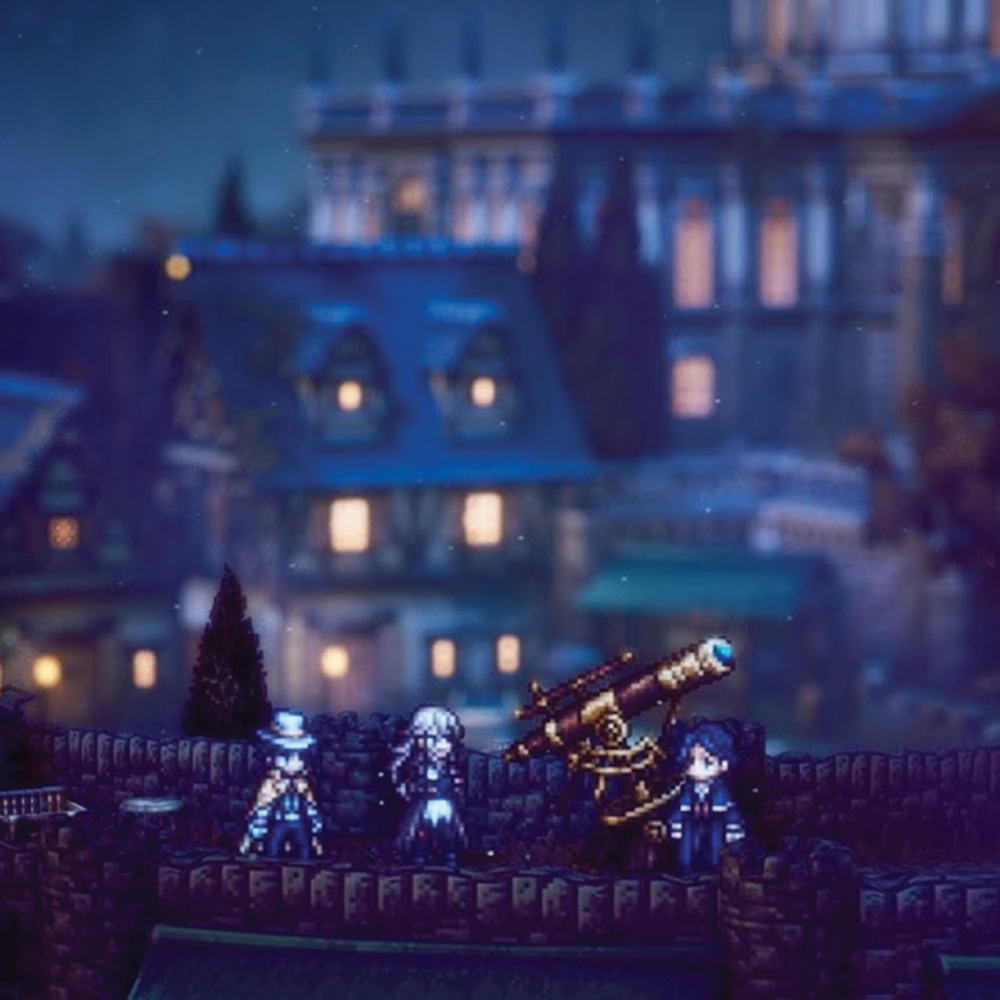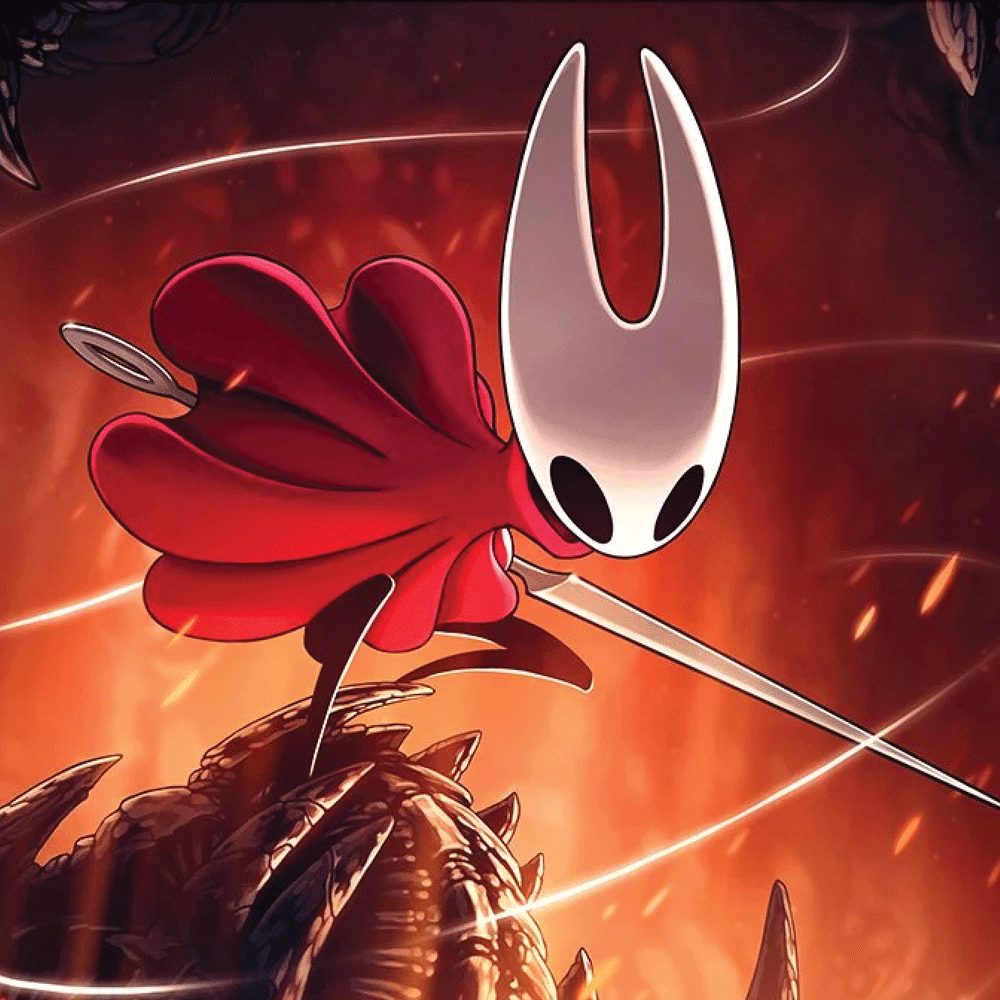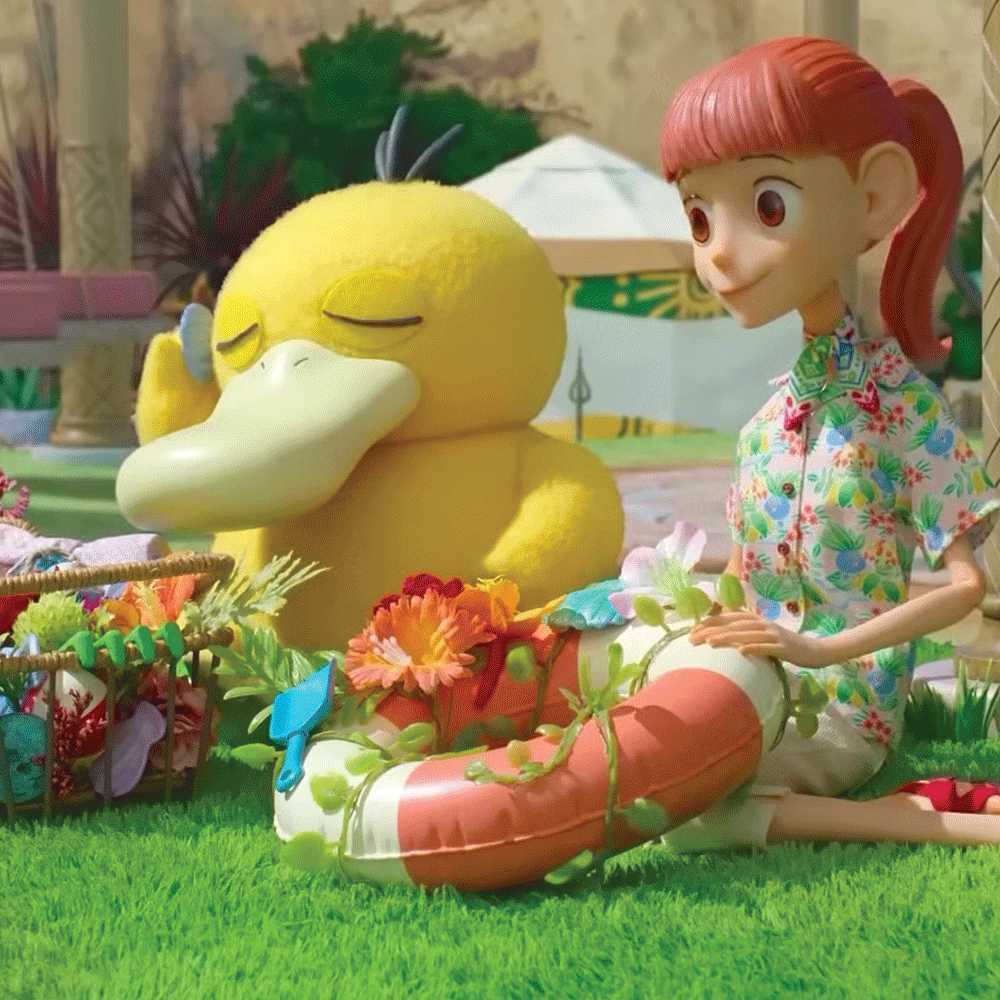“Octopath Traveler II”
“Octopath Traveler II” follows in the tradition of JRPGs (Japanese role-playing games) that have come before it, including its predecessor “Octopath Traveler.”
“Octopath Traveler II” follows in the tradition of JRPGs (Japanese role-playing games) that have come before it, including its predecessor “Octopath Traveler.” It’s a pleasant gameplay experience, but it doesn’t do enough to distinguish itself from other JRPGs, and even fails to compare in some respects. The hook is the eight narratives of the different characters that span the world of the game, hence “octo-path,” the unique title.
There’s no denying that “Octopath Traveler II” is a solid game. The combat, which is vital in a JRPG, gets the job done, with enough variety to allow for numerous playstyles. Do you want to stick with traditional table-top RPG party roles? Each character can be leveled and equipped to fill the roles of tank, support, etc. Or you can play like I do, making each character have attacks that hit the entire enemy team at once with healing and buffs as an afterthought (unsurprisingly, this is also how I play Pokémon). The combat visuals, as with the rest of the game’s old-yet-new 2.5D artwork, are striking and beautiful.
Where the game really stands out is the music. Upon first starting the game, I was blown away by the orchestral score, which does not let up the for the duration of the experience. The artwork, again, is also impressive, but aesthetic alone is not what makes a game great. With standard combat and good visuals and sound, the narrative needs to do some heavy lifting to set the game apart.
The game’s stories are serviceable, ranging from kind of interesting to bland to sometimes boring. The biggest letdown is the lack of connectivity between the characters’ journeys, which seems as if it should be the major draw of the game. The eight protagonists should ideally be drawn together by their disparate conflicts weaving in and out of each other’s, but they’re instead brought together by convenience. It really feels as though they have no reason to be a party. There’s some nice dialogue in the party between certain missions, and there are side quests that feature pairings of the party, but it’s not enough, and it’s to the game’s detriment when narratives that should interact inexplicably refuse to. Because the game doesn’t do enough to really dive into its intriguing premise, players who are new to JRPGs may not enjoy this game.




